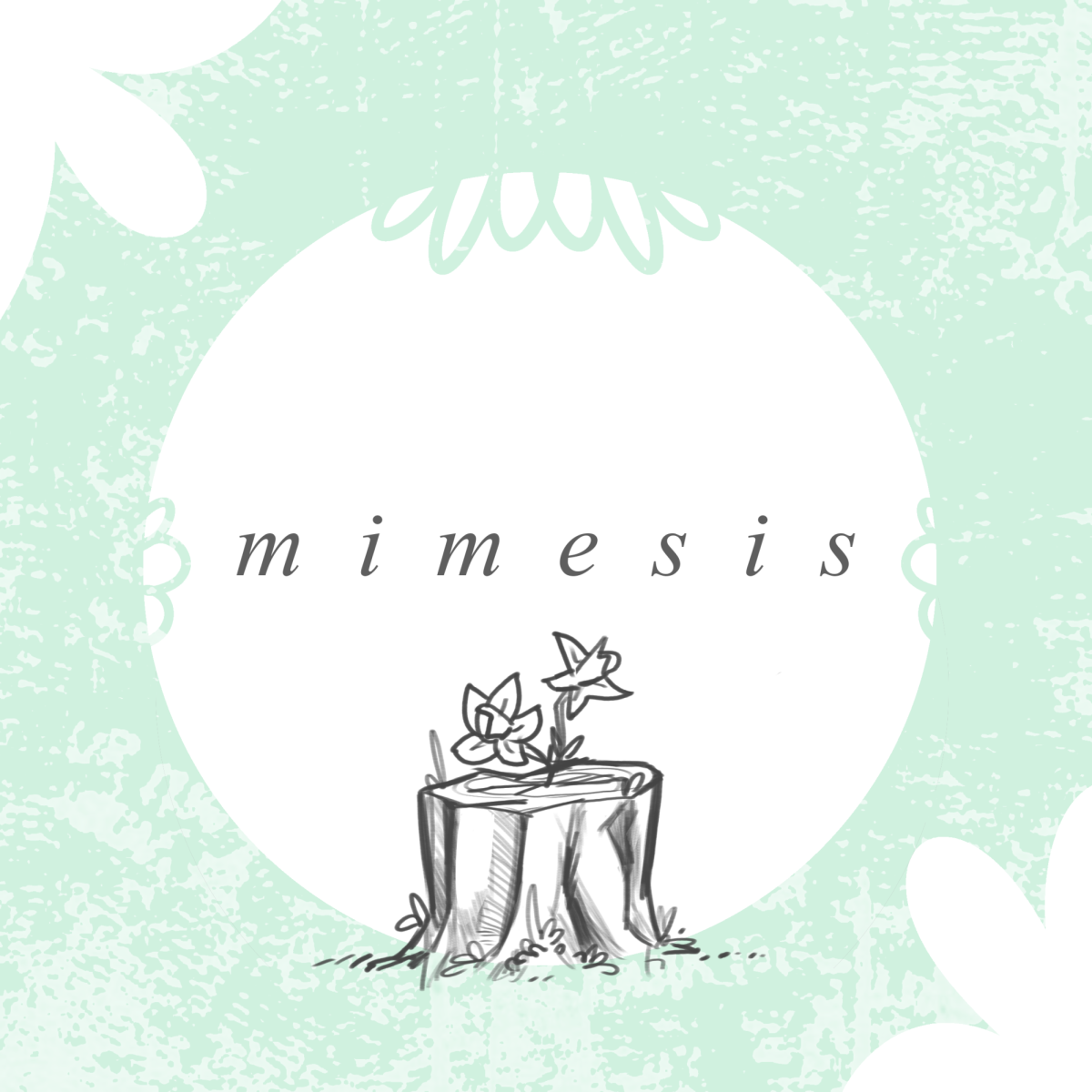It takes a special book to reignite a reader. It takes even greater effort to leave a reader so starved for words that they devour entire titles at a time. To make a reader hungry for the turn of a page is no simple task — but autumn is the season for the strengthening of the self, and I am not one to stay burnt out forever.
During a long break between reads, I feel inspired to spitefully carry a novel at my hip, remaining just humble enough not to crack it open. For years, narratives remained words on a page — refusing to transform themselves into scenes and stories behind my eyes.
Ottessa Moshfegh’s hit novel “My Year of Rest and Relaxation” was one of those books that sat smugly on my shelf, daring me to skim the first page. It sat, and it sat some more. It sat through my senior year in high school and it crossed its legs and folded its arms when I snubbed it over the summer. Patiently, it followed me to college. I often considered the hot pink spine with curiosity — girls my age raved over the moody main character, seeing themselves in her suffering. “Portrait of a Young Woman in White” graces the cover, her eyes frozen mid-roll, as if the book itself was mocking me for not having the stamina to read for fun. This September, I found the mystery of it too difficult to bear.
I spent hours with the novel; on benches and in shops along the street and in the sun warmed and high-up floors of the Cathedral. And so my soiree with Moshfegh’s work ensued with a vengeance — the unbroken spine promising a deliciousness that deemed restraint a laughable impossibility.
“My Year of Rest and Relaxation” is a conflicted exploration of humanity dusted with humor even bleaker than the main character’s circumstances. The novel is told through the unnamed protagonist’s inner monologue — her identity limited to her financial and academic background. She’s rich, educated, well aware of her good looks and deeply sadistic. Moshfegh writes her as if she knows something we the readers do not — as if to say “She’s brilliant and different — she’s a cool girl that literally lays waste to the establishment.” At times it’s unclear if we’re supposed to like her.
In fact, I find her insufferable. Confusingly, I couldn’t put the book down. The narrative follows her addiction to narcotics that induce a dream-like state of existence in which she distances herself from society. As she delves deeper into pill cocktails and blackouts, her troubled family life is revealed in tidbits. Our protagonist’s suffering relationship with her now-dead mother is explored through flashbacks of her childhood. Highlighting her mother’s glamor, ambivalence and alcoholism – the wounds inflicted on her daughter are long lasting and intense. Still the protagonist treats this fact as something distant from her, something observed and not felt — like her memory is merely an exhibit at a museum.
Art is the body around which the story orbits. It’s studied, created and disdained by the characters. Our protagonist desires relief, and she craves meaning between the lines of her father’s disinterest or her best friend’s naivety. The story drips with depravity and excess as she navigates the void provided by the pills she takes. Still, she found no relief in expensive coats or stronger medicines.
At the novel’s conclusion, our protagonist decides her hibernation is complete and her new life is ripe for the picking. She was the muse and the observer of art in all its forms, discovering beauty in her best friend’s tragic death. The employment of art as a storytelling device is not always a positive. Reva, the best friend in question, died in the attack on the World Trade center — her demise is ironically described as an awakening by the protagonist. Whether this was the opinion of a flawed character or poor taste by the author, I enjoyed the prose enough for my reading hiatus to lift.
Despite my regained pleasure for reading, my appetite for another story lurched unpleasantly — I couldn’t quite tell if the feeling was lingering hunger pains or regret for what I had fed myself. The only logical option was to sit myself with a cup of tea and hope my next charge would not deliver me to outright sickness. In any case, the turning was not limited to my stomach — the affliction found itself spreading to my bloodstream, my consciousness, my every afternoon. Burnout begone! I was my old self and my new self all at once, left wide awake to enjoy the decadence of reading’s luxury.



